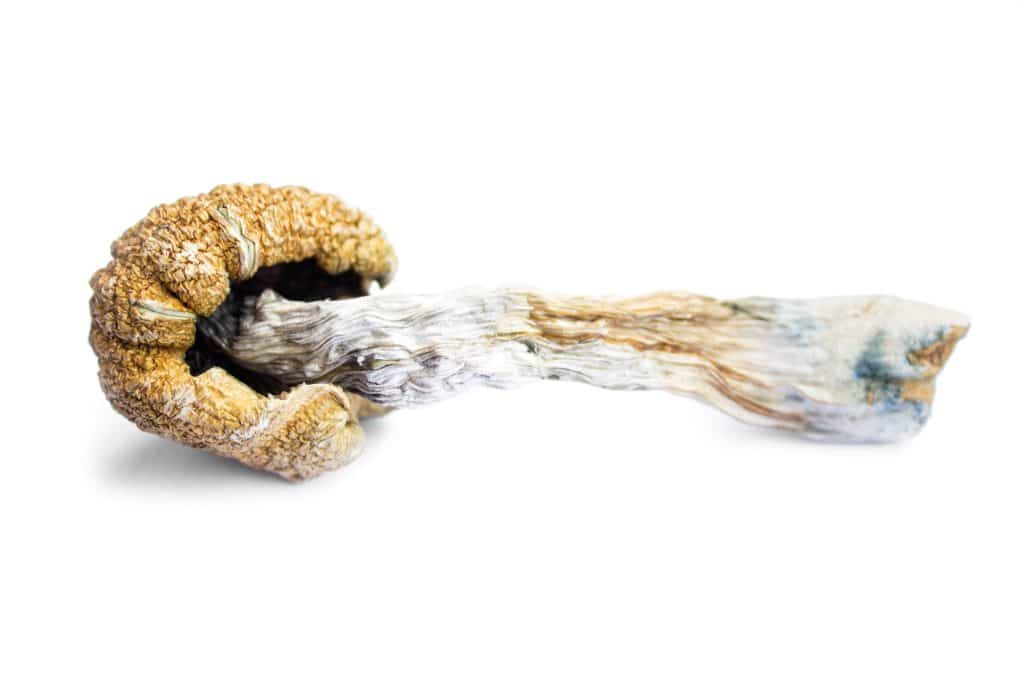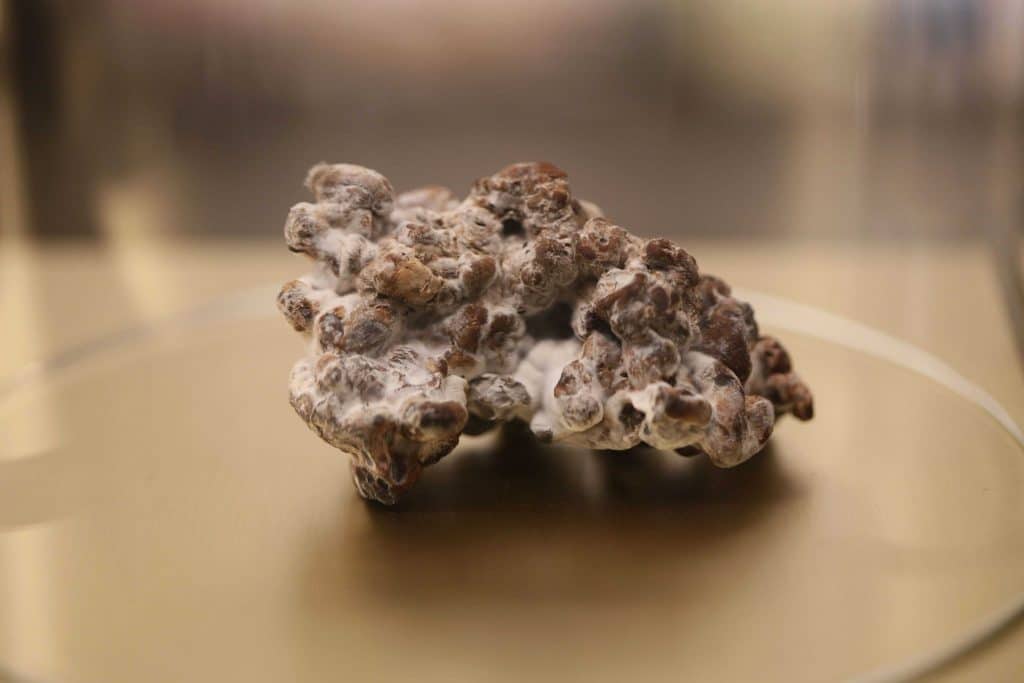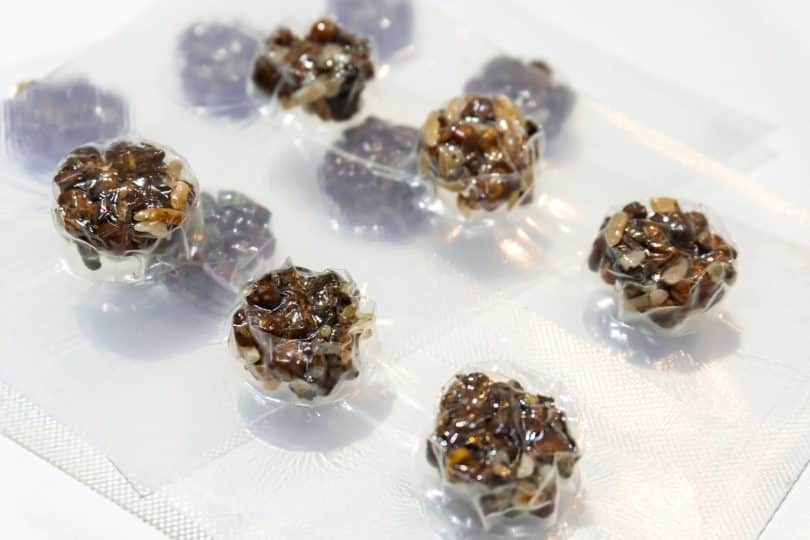We hear a lot about magic mushrooms, but we also hear a lot about magic truffles. Are they the same thing? Are they completely different? And which is best for what? Read on to find out about truffles vs magic mushrooms, and which is the better choice for you.
To stay current on everything important happening in the industry, as well as gain access to deals on cannabis flowers, vapes, edibles, and much more (various cannabinoids to choose from), make sure to subscribe to The Cannadelics Weekly Newsletter. Enjoy responsibly!
Magic mushrooms – the lowdown
When it comes to mushrooms, there are sure a lot of them. You might like dicing up champignon mushrooms for your salad, or frying up a portabella with some garlic and rosemary. Maybe you prefer a nice shitake, baked to perfection. Mushrooms are a valued and nutritious part of cuisine, and most everyone has eaten their share of these fungi in their lives.
Fungi are a grouping of eukaryotic organisms, which include mushrooms, along with microorganisms like mold and yeast. Fungi, in fact, are at the top of their very own kingdom, called Kingdom Fungi. If you’re thinking that plants and animals make up the two kingdoms in biological taxonomy, you’re incorrect. In 1990, a new proposed system was accepted that put a level above kingdom, called ‘domain’. There are technically three domains: archaea, bacteria, and eukarya. Fungi are a kingdom under eukaryotes, and are defined, among other things, by a cell wall and ubiquitous nature.
Magic mushrooms are fungi that produce the psychedelic compounds psilocybin and/or psilocin, which is actually the compound of interest. While we call these mushrooms psilocybin mushrooms, psilocybin is a prodrug that doesn’t exert effects in the human body. It, instead, turns into psilocin, which is the active compound. However, the more psilocybin in a mushroom, the more psilocin upon decarboxylation (how it converts). And since psilocybin shows up in larger quantities, the mushrooms are often categorized by this name. They’re also referred to as psychedelic mushrooms, or simply shrooms.

In the human body, psilocin exerts its forces primarily on serotonin receptors. It acts as an agonist, meaning the compound forces the receptors to fire out more serotonin. This is similar to other psychedelics, which are also serotonergic, like LSD, DMT, and mescaline. Psilocin creates subjective experiences in the form of hallucinations.
These hallucinations can be auditory (sound), visual (sight), tactile (touch), olfactory (smell), and/or gustatory (taste). The compound is also associated with producing life-changing experiences, promoting feelings of connectedness, euphoria, general well-being, spirituality, for causing distortions in reality, and promoting altered cognition.
Like other psychedelics, these mushrooms come with the possibility of a bad trip. While the internet is currently not the best tool to find good information on what really causes a bad trip, it seems more or less to be an anxiety reaction to the stimulant effect, caused by the increase in serotonin. It’s good to remember that people don’t take mushrooms and lie down for a nap. That stuff will keep you up all night, and that’s a stimulant response. Those with sensitivities to stimulants should take this into account if considering taking mushrooms.
So, what’s that truffle thing?
If you want to do a standard mushroom trip, you just need to find or buy psilocybin mushrooms, eat them fresh, or dry them and eat them that way. The mushroom part eaten consists of the thin stem and cap, which looks a bit like a brown umbrella. It’s standard when consuming mushrooms to eat all of this.
There happens to be another option, though. The part of the mushroom we eat when shrooming, is called the fruiting body. This might seem like a weird term, since mushrooms don’t produce what we consider as fruit, but in the world of biology, a ‘fruiting body’ is merely the part of a plant that produces spores, also called a sporocarp. In this case, it’s an ‘epigeous’ fruiting body as it appears above ground. But there is also part of the mushroom that resides below the ground, and this is where we get to truffles.
Truffles are also related to fruiting bodies, but they grow amongst the fruiting bodies that occur under the ground, called sclerotia. Sclerotia is not comprised of the same material that makes up an above-ground sporocarp. Rather, its a mass of mycelium, which hardened, and has within it, fruiting bodies containing psilocybin and psilocin. Not all magic mushrooms have truffles underneath. Truffles are currently found with the following three species: Psilocybe mexicana, Psilocybe tampanensis, and Psilocybe galindoi, though its quite possible other species exist that are not accounted for yet.

Magic truffles are a much newer find, with their first identification in 1977 by mycologists Stephen Pollock and Gary Lincoff. They were discovered in Tampa, Florida as part of Psilocybe tampanensis. They are sometimes regulated differently than standard magic mushrooms in different countries. A look at where both truffles and magic mushrooms are legal, decriminalized, or their use is ignored, look here. Non-magic truffles exist as well, and are a coveted ingredient in cooking, often coming with a large price tag. This is because they don’t appear nearly as often as standard mushrooms.
Truffles vs magic mushrooms
There are a few things to consider when it comes to truffles vs magic mushrooms. The first thing is that regular magic mushrooms are way more common. There are tons of species of psilocybin mushrooms, but only three known species that produce truffles, and these don’t include the most common species Psilocybe cubensis. In terms of access, regular magic mushrooms are much more accessible to the masses than truffles.
Another thing to consider, is effects. Sure, the above ground and below ground fruiting bodies both contain the psychedelic compounds necessary for a trip experience, but are they created equally? In terms of effects, yes. A trip taken on truffles or mushrooms should feel about the same, as the same chemicals are producing it. All the basics of a trip should be standard, including hallucinations, trip duration, and the possibility of a bad trip experience.
What about potency? When it comes to exact knowledge, there’s still a lot of gray area here, but its often thought that truffles contain less of the psychedelic compounds than their above-ground compatriots, making for a weaker option. This mainly comes from anecdotal evidence which point to truffles producing a less intense experiences in relation to their dry weight, leading to the thought they contain less psychoactive compounds. However, there isn’t anything further to confirm this.
In general, mushrooms vary in their potency between species, and grows, and its thought that truffles do as well, making it harder to make a potency designation between the two. The thing about potency, is that if a person wants a stronger amount than a low-potency plant offers, they can always just take more. This simple concept makes the idea of a possibly lower potency version, not indicative of a less intense trip, depending on how much the user consumes. When dealing with something like mushrooms however, it should be taken into account that eating too much can make a person feel sicker.
In terms of dosing truffles, this can vary, just like it does for mushrooms. It goes something like this: 0.5 – 2.0 grams for a micro dose, and between 7.5 grams – 10 grams for a standard doses. 10 grams is often noted as a good dose for accessing a good hallucinogenic trip. In the Netherlands they’re generally sold in 15-gram packages.
Its this thought of a lower potency that allows the continued sale of truffles in the Netherlands. Though the Netherlands is the only country with such a specific allowance for truffles, countries like Jamaica and Brazil, which allow magic mushrooms in general, also allow truffles. In the Netherlands, regular magic mushrooms are still illegal as of 2008, while their truffle counterparts, are not.

As a last note when looking at truffles vs magic mushrooms, their cultivation is different, and comes with different requirements. Sclerotia and standard fruiting bodies differ in an important way. Whereas a mushroom cap is specifically for procreation, sclerotia is more about self-preservation. Mushroom fruiting bodies appear in a short-lived stage, and die easily. Sclerotia is resilient, and meant to protect the fungal genetics for long periods of time.
The core of sclerotia contains enough nutrients to survive in bad conditions for years, and is meant as a way to maintain life. Sclerotia even resemble seeds in functionality with a hard outer covering that protects the more sensitive material inside. It looks like a bundle of seeds stuck together as well. As such, things like humidity and temperature are regulated differently than growing regular mushrooms, as sclerotia requires different growing conditions. Interested growers should check out this guide here, for more information on truffle cultivation; and this guide here, for options to buy spores.
The mushroom part is also easier to harvest, when the time comes. Harvesting mushrooms involves nothing more than picking the ripe mushrooms. Truffles on the other hand must be dug out after the fruiting bodies are harvested, and this can be difficult. Truffles, like the mushrooms, require a drying period, but as they have less moisture, this part goes much faster.
Conclusion
If you’re thinking of truffles vs magic mushrooms, one reality is that they both work fine. The other reality is that unless you’re growing truffles yourself, have a hookup, or are in a place where they are legally produced (or produced without legal intervention), you’re probably best off just finding yourself the much more prevalent magic mushrooms.
Thanks for stopping by!! Welcome to Cannadelics.com; an independent news platform where we work hard religiously to bring you the best in cannabis and psychedelics reporting. Hang out with us frequently to stay aware of all updates, and subscribe to our Cannadelics Weekly Newsletter, so you’re always first to get the news.







